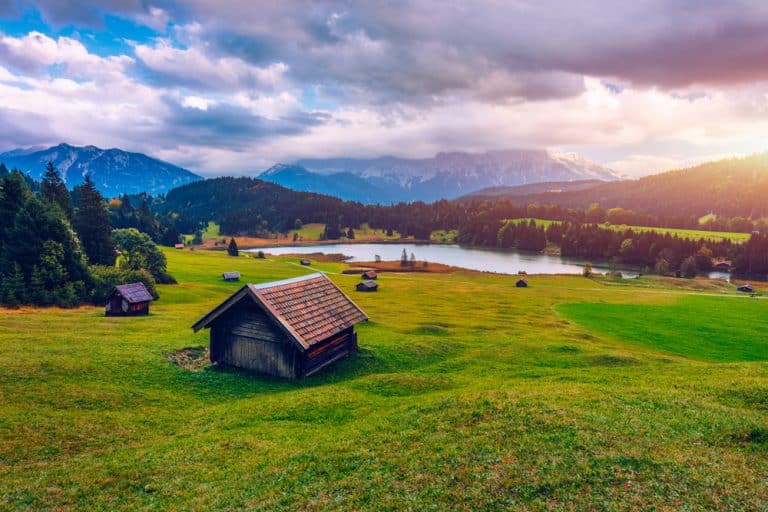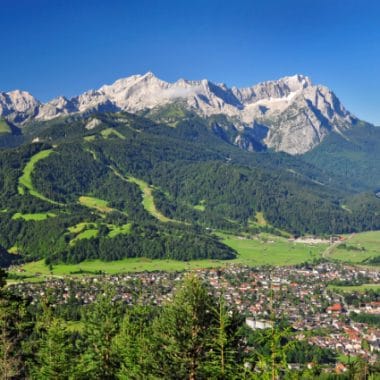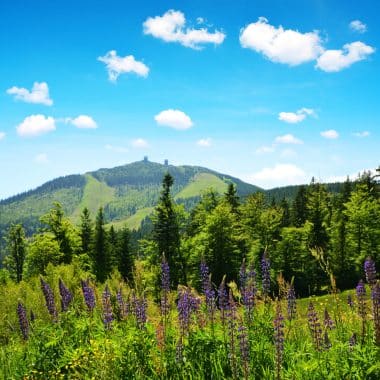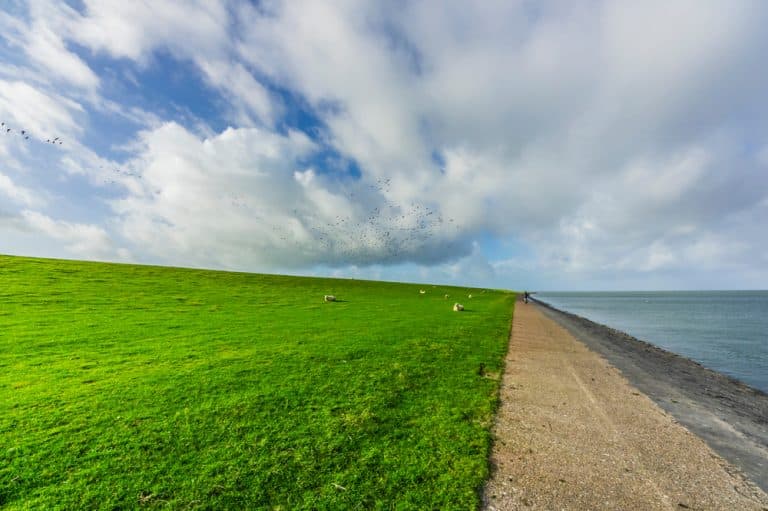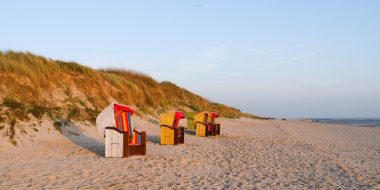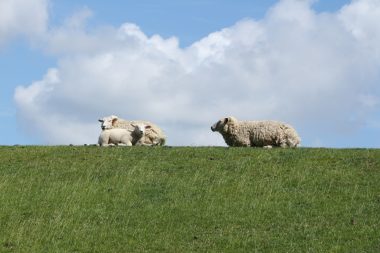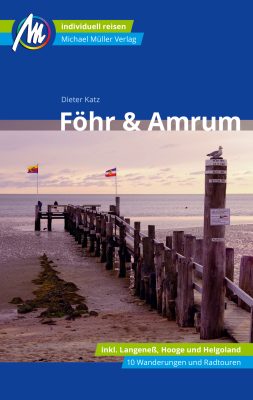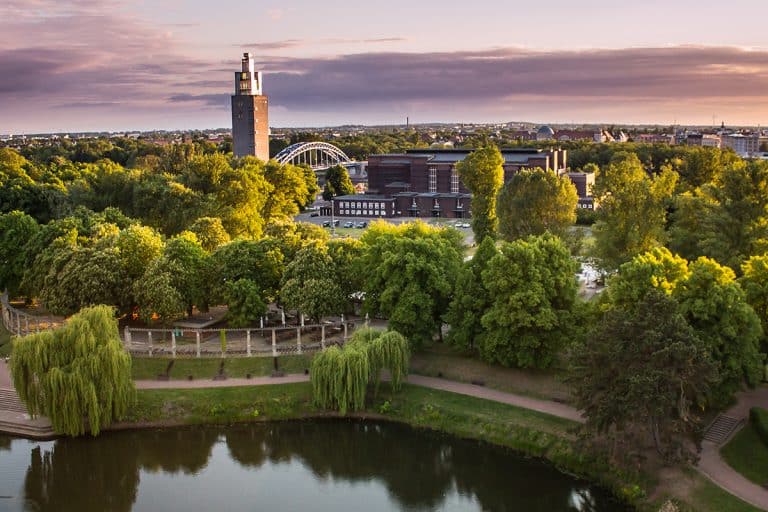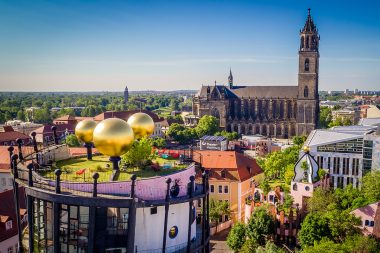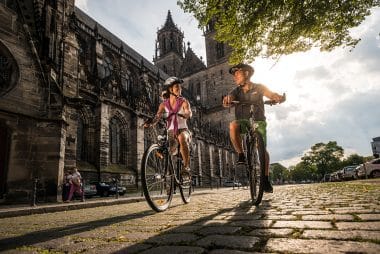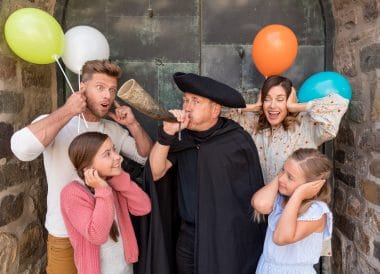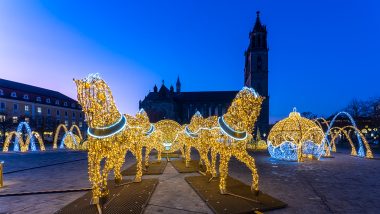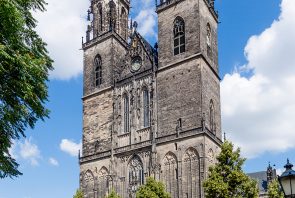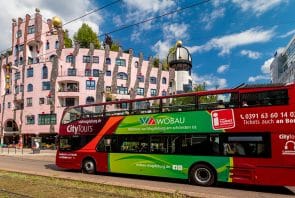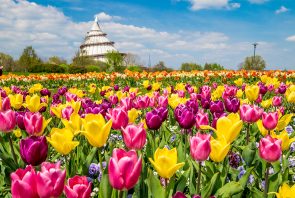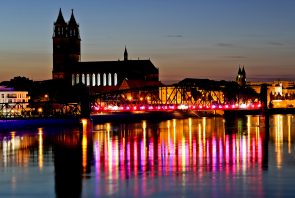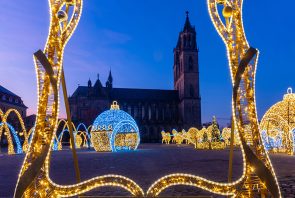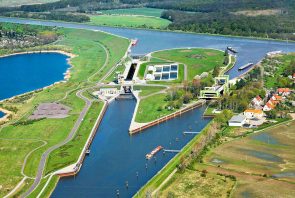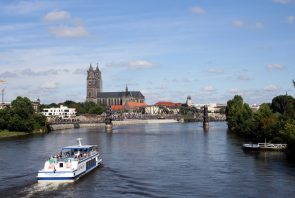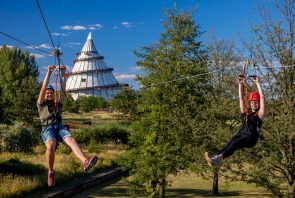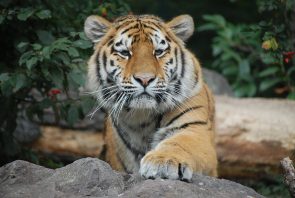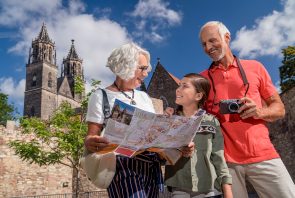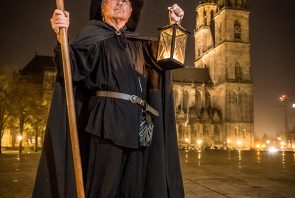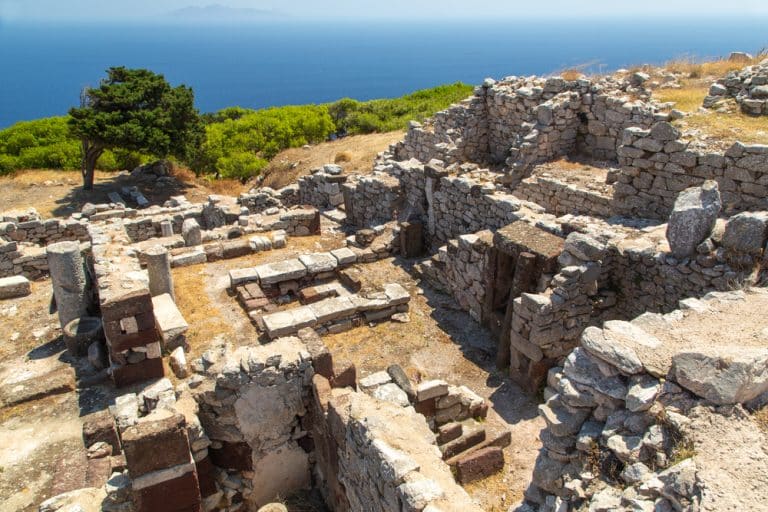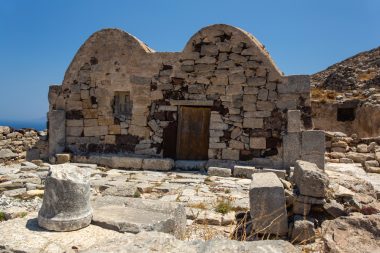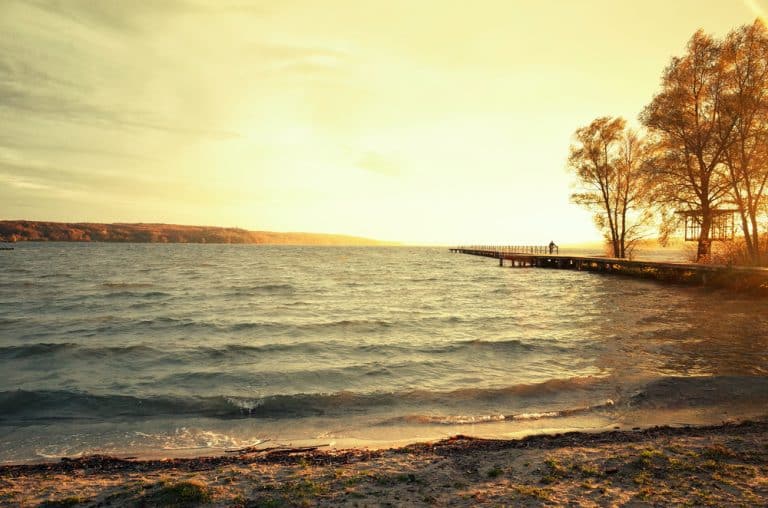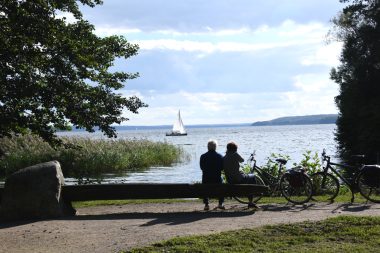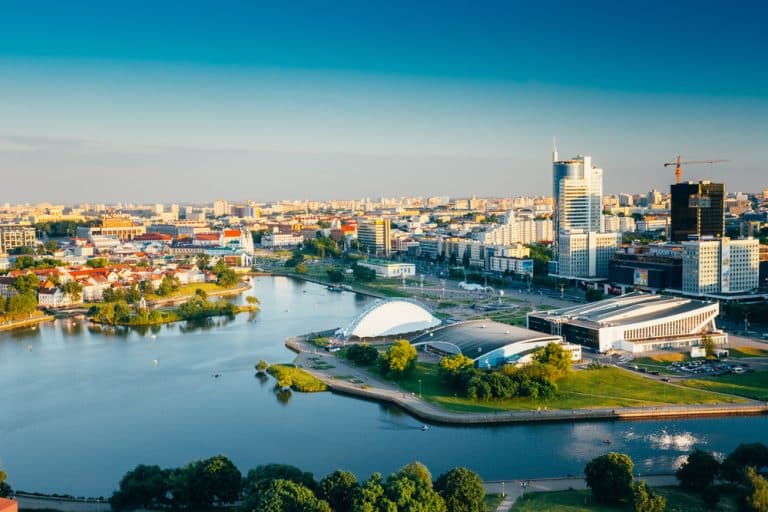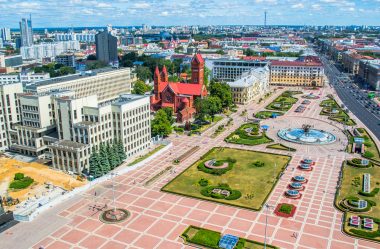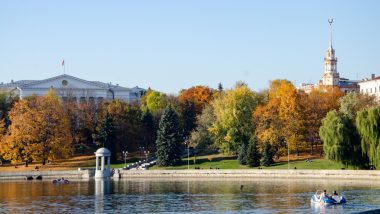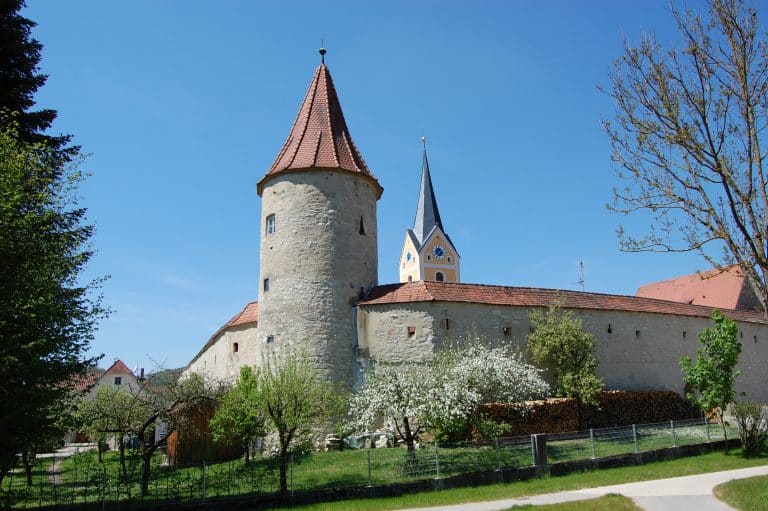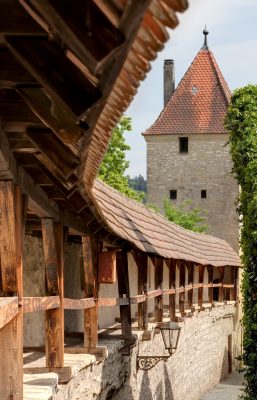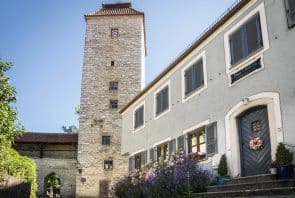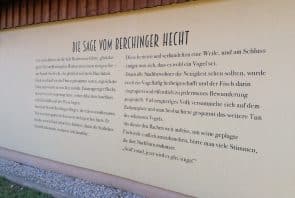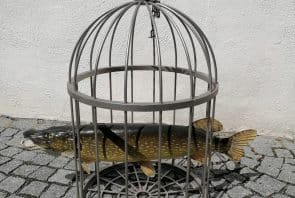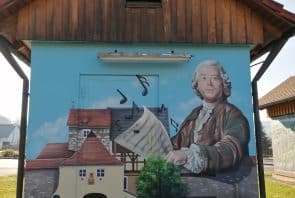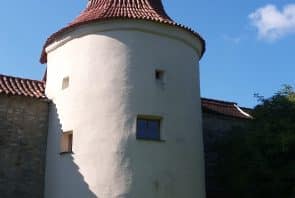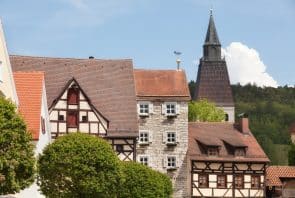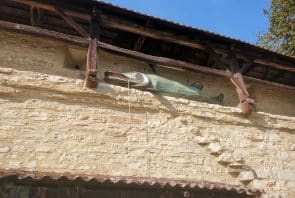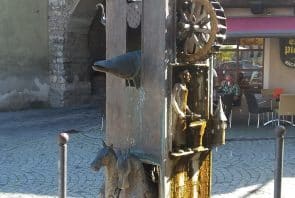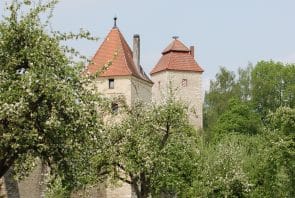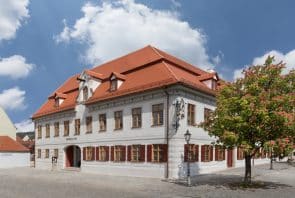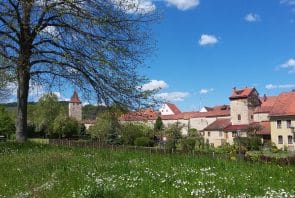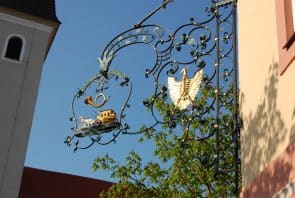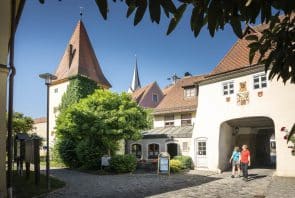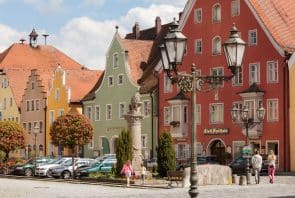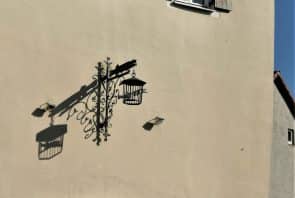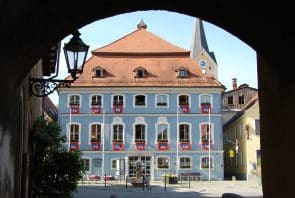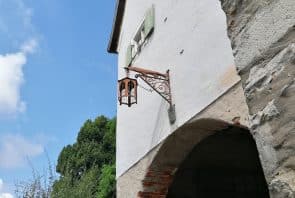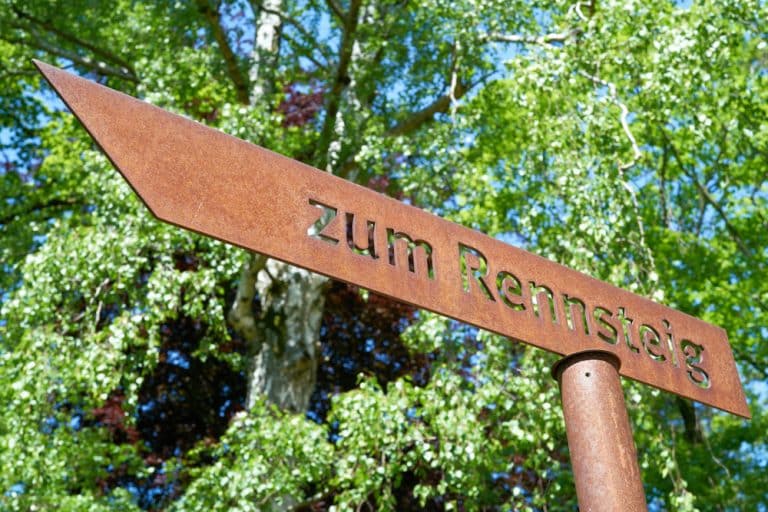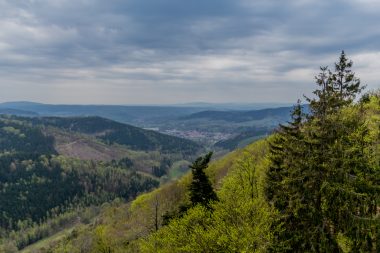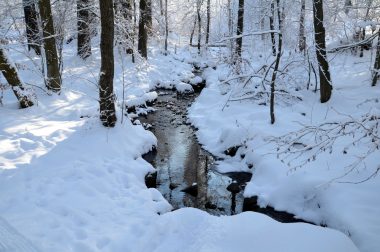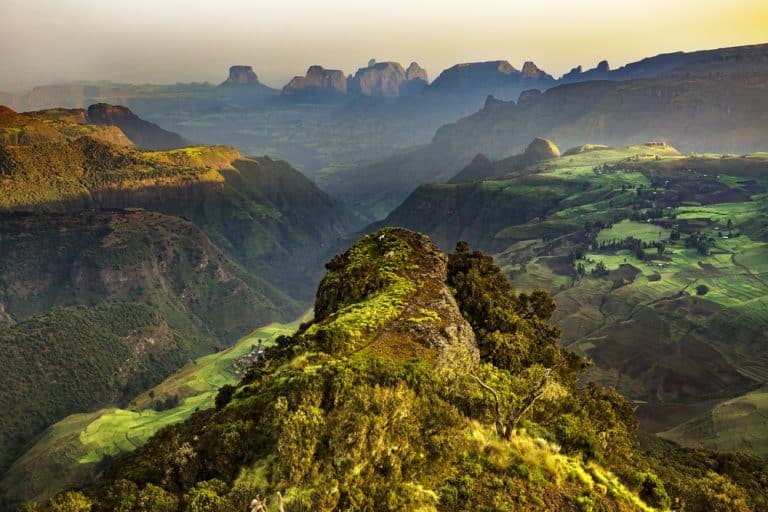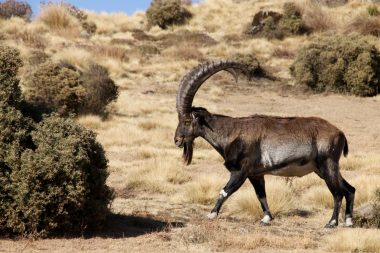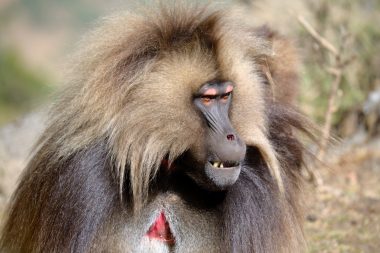Your own hotel by the sea or in the mountains – who hasn’t dreamed of throwing everything away and living where it’s most beautiful?
But how does the new start succeed in the place of longing? Where do you get the money from, where do you get the know-how? What helps when things don’t go so well – and how have others set up their own hotel? The new book “The Dream of Your Own Hotel – An Instruction Manual” by the successful hotel coaches Ute Rieger and Robert Cordes provides well-founded answers in an entertaining way – and a lot of courage to finally realize your dream. Despite the pandemic? “Yes, because if you prepare your start well now, you can only win,” the motivators are convinced. We talked to the authors about their book:
Where does the longing to open their own hotel come from among so many people?
For many, hotel life is filled with positive thoughts, such as a beautiful location by the sea or in the mountains, holiday feeling, relaxed atmosphere, working where others go on holiday, enjoying being a host, etc. If these thoughts are then mirrored with their own life situation, such as an apartment in a noisy city, a boring or nerve-wracking job, a bad working atmosphere, etc., the desire for change or the desire to open their own hotel grows in many people.

The book “The Dream of Your Own Hotel” is intended to help and support you in starting your own business. Is the book aimed more at founders with an affinity for the industry or at career changers?
Many conversations and our personal perception show us that many people strive for change and seek their fortune as hosts in their own hotel. In this context, we are often approached by experts and, with an increasing tendency, by people from outside the industry who want to realize their dream of self-employment in the hotel industry. The spectrum of potential start-ups ranges from qualified hotel managers to pastors with no experience in the industry. This range is reflected in the topics covered in this book. We have deliberately decided not to write a pure non-fiction book, but to try to give an instruction manual for a possible start into self-employment in an entertaining way – mixed with our expert competence – to give your dream wings.
Step by step, we show you how to do it and what you need to consider. In addition, five hoteliers report on their hotel foundation and the expected and unexpected challenges. Because despite all the euphoria: The path from the dream to the hotel is of course not strewn with flowers. It is important to clear away stones, avoid obstacles and avoid mistakes. This book shows how the dream of owning your own hotel arrives in reality: from the vague idea to the hotel opening. And why the journey is definitely worth it.
How can you take away the fear of your own existence – especially now that you can read in the news every day about little support from the industry?
The easing of restrictions in early summer 2020 showed that the leisure hotel industry in particular experienced an increase in demand beyond the usual level. Even before the crisis, domestic German destinations in particular benefited from changing megatrends, such as security, sustainability and individuality.
Is there a recipe for success that must be taken into account when planning the hotel? For example, does the personality of the founder have to be reflected in the design of the premises – so that he feels comfortable with his project in the long term?
Already during project planning, it is important to develop an individual, unique and holistic concept in which the hotelier can find himself. Of course, the concept is also the basis for the ambience.
If you could build it, what would your perfect hotel look like?
The question cannot be answered in this way, as there are several starting points that would have to be determined in advance, such as location, financial resources, etc.
How do you think the travel industry will evolve after the pandemic?
Business trips will become fewer, local destinations will benefit from short and leisure trips.
The authors: Ute Rieger and Robert Cordes jointly run the Kiel-based consulting firm Cordes und Rieger and mainly advise hoteliers and restaurateurs on the start-up, concept development, optimisation and restructuring. In 2017, Cordes and Rieger were named “Consultant of the Year”. In addition to their expert work, Ute Rieger and Robert Cordes teach at various universities, are members of the zukunftsInstitut and their expertise is in demand on radio and television.



